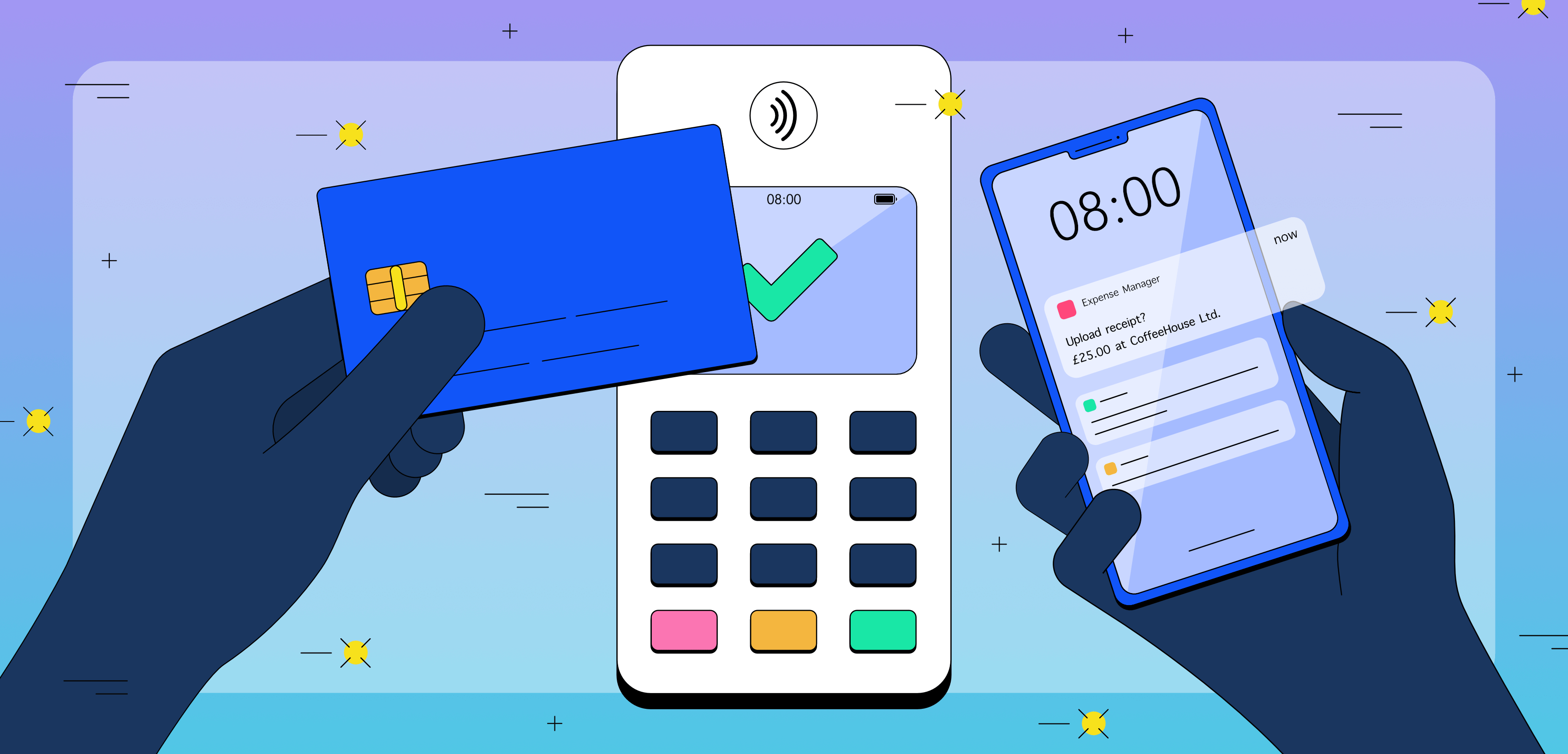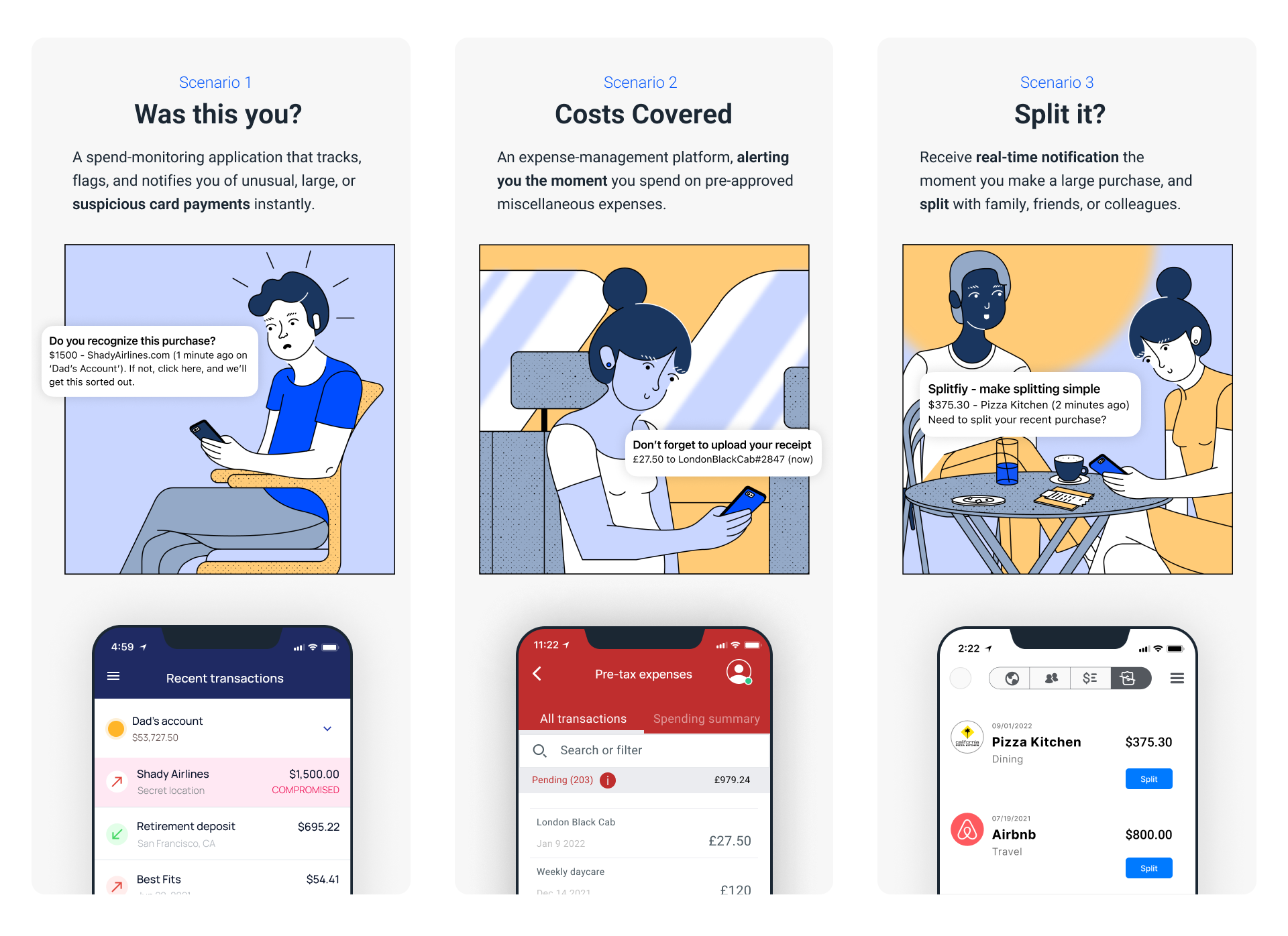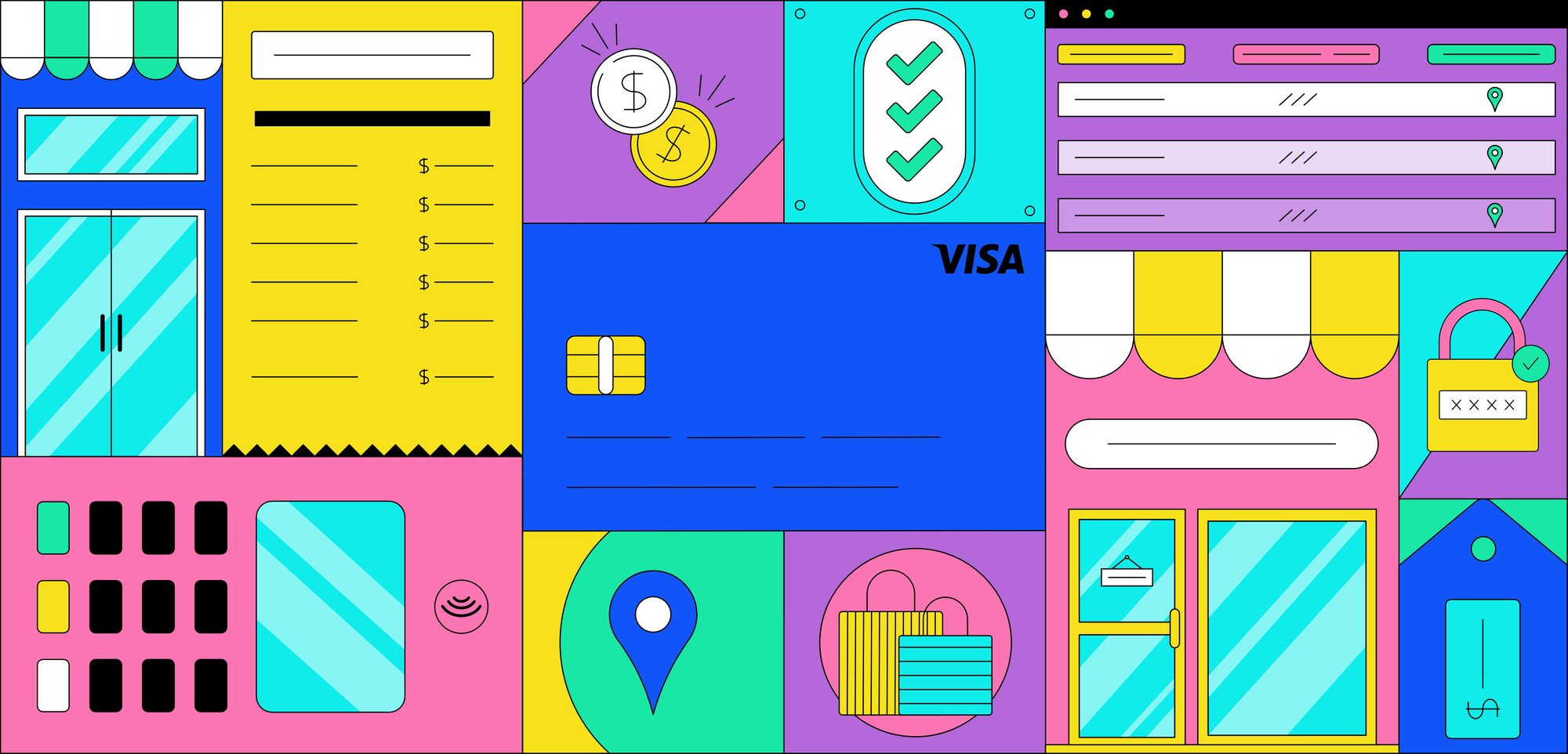Transaction Stream API: Create Next-Level Payment Experiences for Your Users

Over the last decade, a paradigm shift has occurred within consumer financial solutions.
It started with increased access to banking data. From there, gradually, consumers are beginning to enjoy a flourishing ecosystem of services embedded with different scopes of financial data. It’s led to far more engaging, smoother interactions with their favorite products and apps. All of it is helping fuel “stickier” services and growth in usership, and most importantly, deliver real value to people’s financial lives.
The reason these data aggregating applications are becoming popular ties to how consumers are changing. A more nomadic consumer - a habitual owner of multiple accounts - with a tendency to look outside of their bank for financial services is the norm today.
Overall, expectations of third-party financial apps are on the rise, and have been ever since neo-banks and challenger apps first began leveraging account-linking practices in their platforms.
More people than ever before understand the value of, and want to use, their own financial data to better their lives. From easier registration flows to deeper, richer views into their spending behavior: the most successful consumer applications are earning their users by aggregating data to build more holistic pictures of an individual’s financial life. And while the quantity and quality of data matters hugely, a major priority for those building consumer applications is timing. For example, it typically takes hours - sometimes even days - for new transactions to deliver to third-party apps via an Open Banking connection.
Timing delays, even a few hours, can be a huge pain point in UX. Without any workable solutions available on the market, innovators have struggled to set their products apart in this regard.
Introducing the Transaction Stream API
Imagine being able to build a consumer application with the ability to instantly and securely leverage a real-time, flowing stream of recent transactions. The uses of a real-time feed of data like this are extensive.
Picture being able to engage a user at the moment a transaction occurs - when it matters most - compared to an application that lacks that real-time spending data. The difference is night and day - and it’s the kind of difference that wins over today’s financial consumer.
We’ve discussed before just how powerful real-time card data from major networks can be. It’s the differentiator, thus far, untapped in many realms of financial services. Bar issuing your own cards, no innovative developer could build a consumer-facing app that had access to build on this kind of quality, consistent flow of data, with banking-grade encryption built in. Until now.
We built an API that enables developers to create engaging user experiences the moment a card transaction occurs on any enrolled payment card. For the first time, developers have the ability to tap into a consistent, secure stream of cardholder data in real-time.
The possibilities of the Transaction Stream API are only limited by the creativity of the developers using it: the API can support a range of use cases (more on that below), but at its core, it is a way for you to create more innovative and “sticky” user experiences that drive engagement and support business growth.
Let’s consider a few scenarios in which these applications can apply:

Key Benefits
⏱ Event-driven Engagement | Be there when users most need you, with real-time interactions or “nudges” at the moment of a payment event.
📄 Easy Enrollment & No Breakages | Allow users to enroll without asking for bank account passwords and prevent churn from periodic outages or re-authentication needs.
🧑💻 Consistent, Developer-Friendly Data | Access an accurate, consistent and high quality stream of network-agnostic payment data to easily create programmable experiences.
🔐 Streamline Compliance | Lighten the compliance burden without compromising on high data security standards with Fidel API’s Verified Card Enrollment SDK.
Want to turbo-charge your financial applications and engage users when it matters the most? Get in touch - let’s build the future in real-time together!


